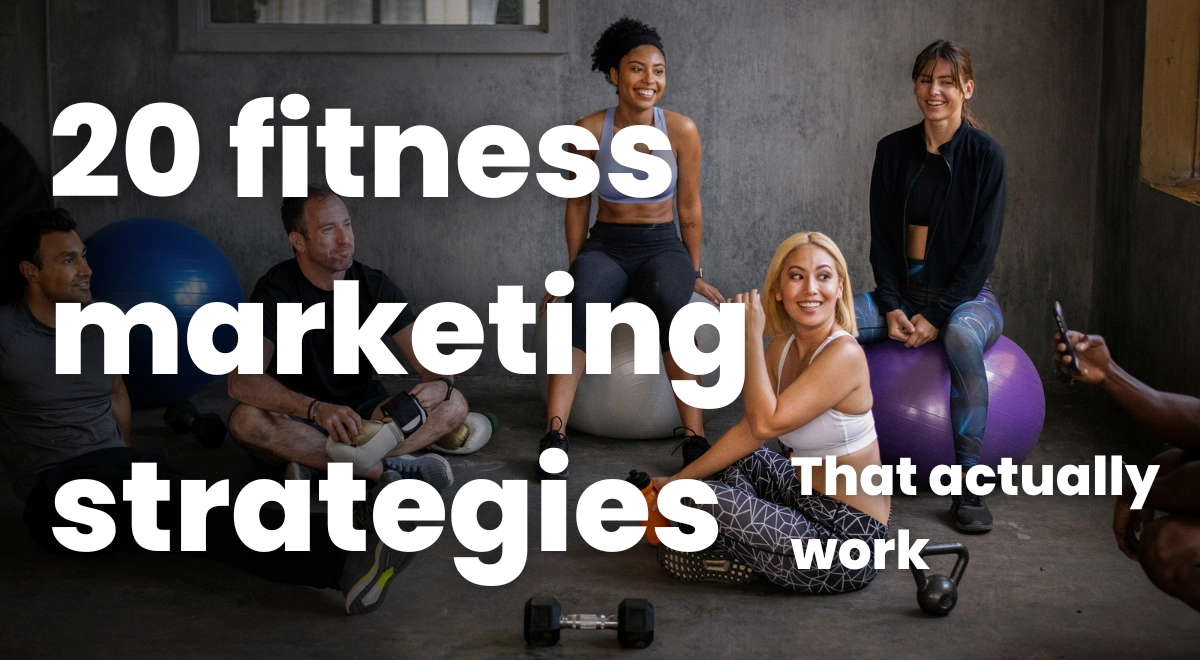The pay-as-you-go model has long been the standard in the fitness and wellness industry. Clients book a class, they pay for that class, and the cycle continues.
However… what if I told you that by sticking to this model, you are not only limiting your revenue potential but also inadvertently hindering your clients' fitness progress?
The solution lies in one simple word: Subscriptions.
The Problem with Pay-As-You-Go
Let's face it, motivation is a fickle friend, especially when it comes to working out. Some weeks we're on fire, hitting every class with enthusiasm. Other times, the couch is just too comfortable, and the idea of sweating it out in a gym loses its charm. This is where the pay-as-you-go model falls short.
When clients only pay for classes they attend, your revenue directly depends on their fluctuating motivation. Simply put, when they don't feel like working out, you don't get paid. This model inadvertently creates a revenue rollercoaster, full of unpredictable highs and lows.
The Power of Subscriptions
Enter the subscription model. This approach is more than just a billing strategy; it's a commitment tool. When clients subscribe, they're not just purchasing classes; they're investing in a consistent fitness journey. Here's why subscriptions are a game-changer:
- Steady Revenue Stream: Subscriptions provide a predictable, steady income. You'll know exactly how much you're earning each month, allowing for better financial planning and business growth.
- Enhanced Customer Retention: A subscription model encourages long-term commitment. Clients are less likely to skip classes they've already paid for, leading to better retention rates.
- Encourages Regular Attendance: There's a psychological aspect at play. When clients pay for a subscription, they're more likely to make the most of their investment by attending regularly.
- Builds a Committed Community: Subscribers are more likely to become part of your fitness community, fostering a sense of belonging and loyalty.
- Upfront Payment: Clients pay upfront for a period (monthly, quarterly, or yearly), which improves your cash flow.
Doing Your Clients a Favor
Interestingly, by switching to a subscription model, you're not just benefiting your business; you're also helping your clients. Regular workouts lead to better health outcomes, and a subscription model encourages this consistency. It's a classic win-win: your clients get healthier, and your business gets a reliable revenue stream.
Implementing the Subscription Model
Transitioning to a subscription model requires strategic planning. Consider the following steps:
- Evaluate Your Offering: Determine what types of subscriptions would appeal to your clientele (e.g., unlimited classes, tiered plans).
- Communicate the Benefits: Clearly explain the advantages of subscriptions to your clients.
- Offer Incentives: Consider introductory offers or discounts for long-term commitments.
- Streamline the Payment Process: Make it easy for clients to subscribe and renew their plans.
- Track and Adjust: Monitor the performance of your subscription model and adjust based on client feedback and business needs.
Conclusion
Shifting from a pay-as-you-go to a subscription model in the fitness industry is more than just a trend; it's a strategic move that can lead to increased revenue, better customer retention, and more consistent results for your clients. As a fitness professional, your goal is to help people become the best versions of themselves. With a subscription model, you're not just providing a service; you're fostering a lifestyle. Remember, when your clients commit to their fitness journey, they're also committing to you, and that's a relationship worth building.






.webp)






